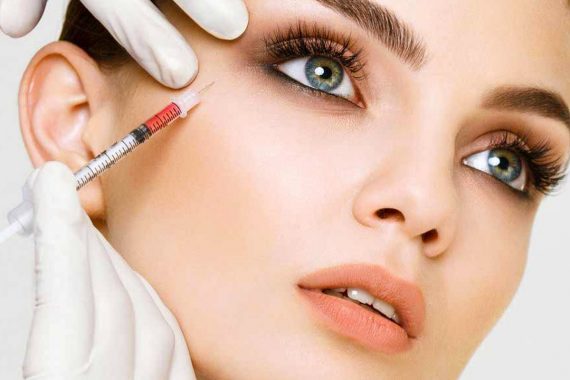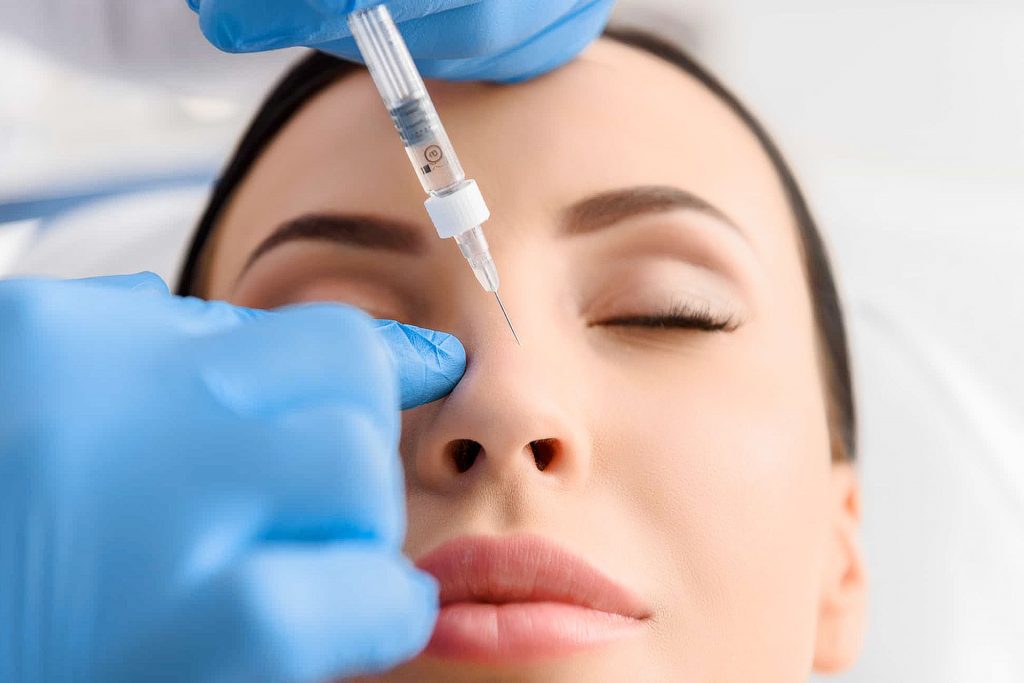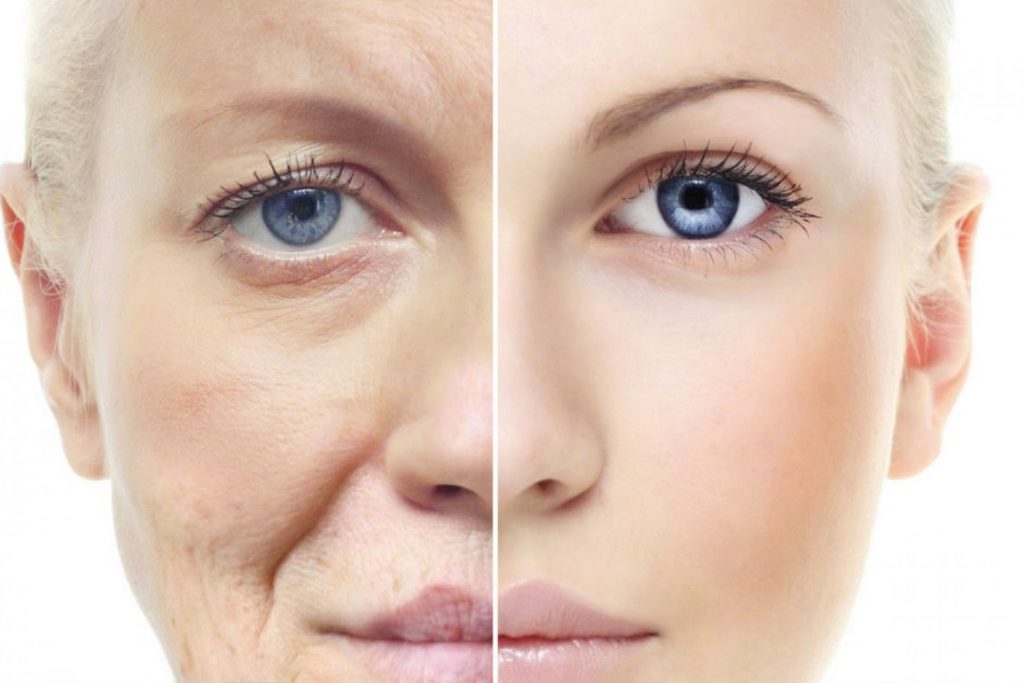Stem Cell – Youth Vaccine
What is Adipose-derived (ADSCS), Hematopoietic Stem/Precursor Cell (HSPCS) Therapy?
Hematopoietic stem/precursor cells (HSPCs) are a type of stem cell that can differentiate into various types of blood cells, including red blood cells, white blood cells, and platelets. These cells are also found in adipose tissue and can be harvested along with ADSCs during the ADSCS procedure. As a result, they can be used in adipose-derived (ADSCS), hematopoietic stem/precursor cell (HSPCS) therapy.
In addition, adipose-derived stem cell therapy is a type of stem cell treatment that uses ADSCs to regenerate and repair damaged tissues and cells in the body. Moreover, this treatment usage includes a variety of medical conditions, including orthopedic injuries, autoimmune diseases, and neurological disorders. Also, medical professionals use it as a cosmetic treatment to rejuvenate the skin and reduce the appearance of wrinkles and fine lines.

Moreover, medical professionals perform adipose-derived stem cell therapy for a variety of medical professionals, including aestheticians, cosmetic surgeons, physicians, and physiotherapists. However, it is important that practitioners are properly trained and have the necessary expertise to perform the adipose-derived (ADSCS), hematopoietic stem/precursor cell (HSPCS) therapy safely and effectively.
Furthermore, adipose-derived stem cell therapy (ADSCS) is a promising field of medicine that has the potential to revolutionize the treatment of various medical conditions and cosmetic issues. By using stem cells derived from adipose tissue, medical professionals can regenerate and repair damaged tissues and cells, providing patients with a safe and effective treatment option.

Health Problems that Can be Treated with Adipose-derived (ADSCS), Hematopoietic Stem/Precursor Cell (HSPCS) Therapy
Stem cell therapy is an innovative treatment option that has the potential to treat a wide range of health problems
Stem cell therapy has the potential to treat a wide range of health problems, including:
- Orthopedic injuries and conditions, such as arthritis, torn ligaments, and joint pain
- Neurological disorders (Alzheimer’s disease, multiple sclerosis, and Parkinson’s disease).
- Adipose-derived (ADSCS), hematopoietic stem/precursor cell (HSPCS) therapy can treat autoimmune diseases, such as lupus, rheumatoid arthritis, and Crohn’s disease
- Cardiovascular disease, such as heart disease and peripheral artery disease
- Skin conditions, such as eczema, psoriasis, and acne scars
- Hair loss and balding
- Anti-aging and cosmetic treatments, such as reducing the appearance of wrinkles and fine lines.
Step by Step -the procedure of stem cell therapy, and What do the medical professionals do during the procedure?
Consultation
Firstly, before undergoing stem cell therapy, patients will typically meet with a medical professional to discuss their medical history, current health concerns, and the suitability of the treatment.
Extraction
Secondly, stem cells are extracted from the patient’s own body, typically from adipose tissue (fat cells) or bone marrow. The extraction process is minimally invasive and involves little discomfort.
Isolation

Thirdly, once the stem cells are extracted, they are isolated and prepared for injection. This process may involve the use of specialized equipment and techniques to ensure the purity and viability of the cells for adipose-derived (ADSCS), hematopoietic stem/precursor cell (HSPCS) therapy.
Injection
Next, medical professionals inject the stem cells into the affected area of the patient’s body. This may involve multiple injections, depending on the condition being treated and the type of stem cells used.
Recovery
After the injection, patients may experience some mild discomfort or swelling. However, recovery time is typically short, and patients can return to their normal activities within a few days.

Who are good candidates for Adipose-derived (ADSCS), Hematopoietic Stem/Precursor Cell (HSPCS) Therapy?
To begin with, medical professionals typically consider when determining whether a patient is a good candidate for stem cell therapy:
Age
In addition, younger patients tend to have a better response to adipose-derived (ADSCS), hematopoietic stem/precursor cell (HSPCS) therapy than older patients, as their cells are more robust and less likely to have accumulated damage over time.
Health status
Moreover, patients with certain chronic health conditions, such as diabetes or heart disease, may not be good candidates for stem cell therapy. Additionally, patients who have recently undergone chemotherapy or radiation therapy may need to wait before undergoing stem cell therapy.
Type of condition
What’s more, stem cell therapy is most effective for certain types of conditions, such as joint pain, arthritis, and soft tissue injuries. or this reason, patients with these conditions are more likely to be good candidates for the procedure.
Overall health
On the other hand, patients with a strong immune system and a healthy lifestyle tend to respond better to adipose-derived (ADSCS), hematopoietic stem/precursor cell (HSPCS) therapy. Additionally, patients who are not taking immunosuppressive medications may be more suitable candidates for this treatment.
Furthermore, medical professionals, including aestheticians, cosmetic surgeons, physicians, and physiotherapists, will typically evaluate each patient on a case-by-case basis to determine whether they are a good candidate for stem cell therapy.
How to prepare before Adipose-derived (ADSCS), Hematopoietic Stem/Precursor Cell (HSPCS) Therapy?
To begin with, there are several things you can do to prepare for the procedure and improve your chances of a successful outcome. Here are some tips for preparing before stem cell treatment:
Consult with your healthcare provider
Before undergoing stem cell therapy, it’s important to consult with a qualified medical professional to discuss your medical history, current health status, and any medications or supplements you’re taking.
Stop smoking
On the other hand, smoking can inhibit the healing process and may decrease the effectiveness of stem cell

therapy. If you’re a smoker, it’s a good idea to quit smoking before adipose-derived (ADSCS), hematopoietic stem/precursor cell (HSPCS) therapy.
Stay hydrated
In addition, proper hydration can help optimize your body’s natural healing mechanisms and improve the success of stem cell therapy.
Avoid alcohol and caffeine
Moreover, alcohol and caffeine can interfere with the healing process and may negatively impact the effectiveness of stem cell therapy. It’s best to avoid these substances in the days leading up to the procedure.
Get plenty of rest
Furthermore, adequate rest is significant for the healing process and can help improve the success of stem cell therapy. Try to get plenty of rest in the days leading up to the procedure.
Follow any pre-procedure instructions
What’s more, your healthcare provider may provide specific instructions for preparing before the procedure, such as fasting or avoiding certain medications

A guide to post-therapy care and what to do after Adipose-derived (ADSCS), Hematopoietic Stem/Precursor Cell (HSPCS) Therapy?
After undergoing stem cell therapy, it’s essential to take care of yourself properly to ensure the best results. Here are some tips for post-therapy care:
- Follow any instructions provided by your medical professional, such as medication or activity restrictions.
- Avoid strenuous activities and exercise for a few days after the procedure to allow your body time to rest and recover.
- Stay hydrated
- Eat a healthy, balanced diet with plenty of fruits and vegetables to provide your body with the nutrients it needs to heal.
- Avoid smoking and alcohol
- Keep your medical professional informed of any unusual symptoms or side effects you may experience.
By following these tips and staying in communication with your medical professional, you can maximize the benefits of your adipose-derived (ADSCS), hematopoietic stem/precursor cell (HSPCS) therapy and promote optimal healing.
What are the side effects of Adipose-derived (ADSCS), Hematopoietic Stem/Precursor Cell (HSPCS) Therapy?
Stem cell therapy is a promising medical treatment that can help patients recover from injuries and illnesses. However, like any medical treatment, there can be potential side effects. The most common side effects of stem cell therapy are mild, including pain and swelling at the injection site. Some patients may also experience a fever or headache. However, serious side effects are rare and may include infections or allergic reactions. It is important to discuss the potential risks and benefits of stem cell therapy with a qualified medical professional before undergoing treatment.


What are the benefits of Adipose-derived (ADSCS), Hematopoietic Stem/Precursor Cell (HSPCS) Therapy?
Stem cell therapy has been shown to have many potential benefits, depending on the specific type of stem cells used and the condition being treated. Some main benefits of stem cell therapy include:
- Tissue repair and regeneration
- Reduced inflammation and pain
- Improved immune system function
- Enhanced healing and recovery from injuries
- Increased mobility and range of motion
- Improved overall quality of life
- reduced scar tissue formation
- improved joint function
What are the risks of Adipose-derived (ADSCS), Hematopoietic Stem/Precursor Cell (HSPCS) Therapy?
Adipose-derived (ADSCS), hematopoietic stem/precursor cell (HSPCS) therapy, like any medical treatment, has potential risks and complications. While stem cells have the potential to regenerate and repair damaged tissue, there are also risks associated with the procedure. Some potential risks include infection, bleeding, allergic reactions, and rejection of the stem cells by the body’s immune system. Additionally, if the stem cells are not properly screened, they may carry viruses or other diseases.


How Long do the effects of Adipose-derived (ADSCS), Hematopoietic Stem/Precursor Cell (HSPCS) Therapy last?
The longevity of the effects of stem cell therapy depends on various factors, such as the patient’s age, overall health, the condition being treated, and the type of stem cells used. In some cases, the effects can be long-lasting, while in others, they may wear off after a few months or years.
For example, in orthopedic conditions such as joint pain or osteoarthritis, the effects of adipose-derived (ADSCS), (HSPCS) therapy may last for several months to a year or more. In some cases, patients may require periodic “booster” treatments to maintain the benefits.
In contrast, for conditions like cancer or autoimmune disorders, the effects of stem cell therapy may be more short-lived and require ongoing treatment or monitoring.
